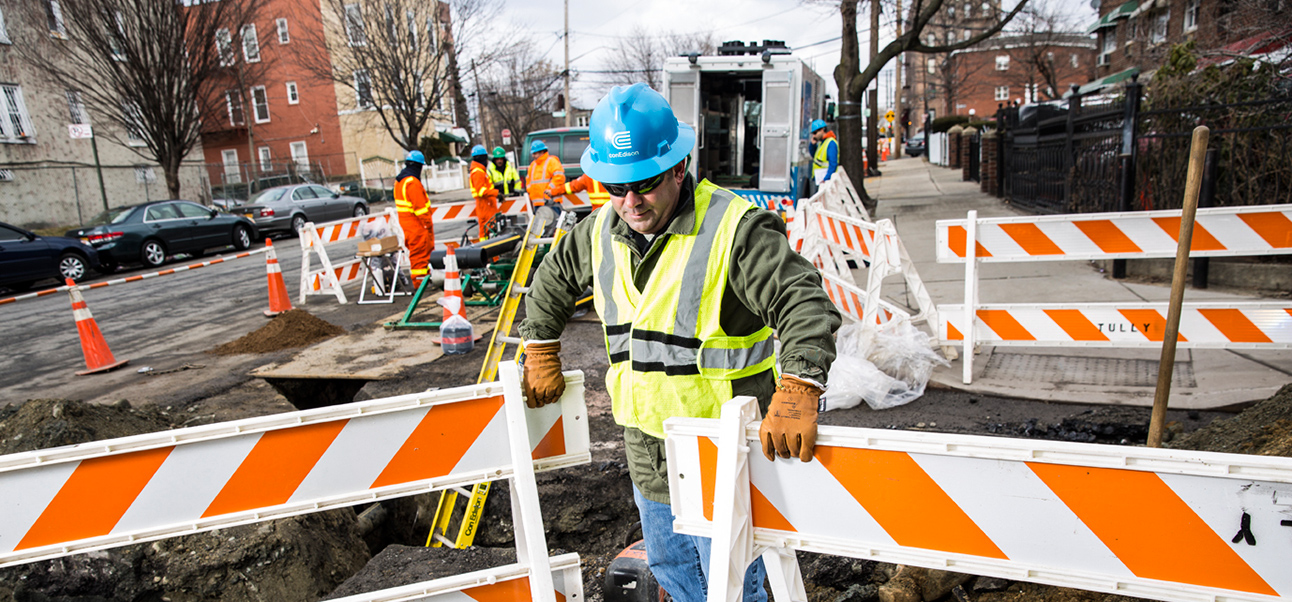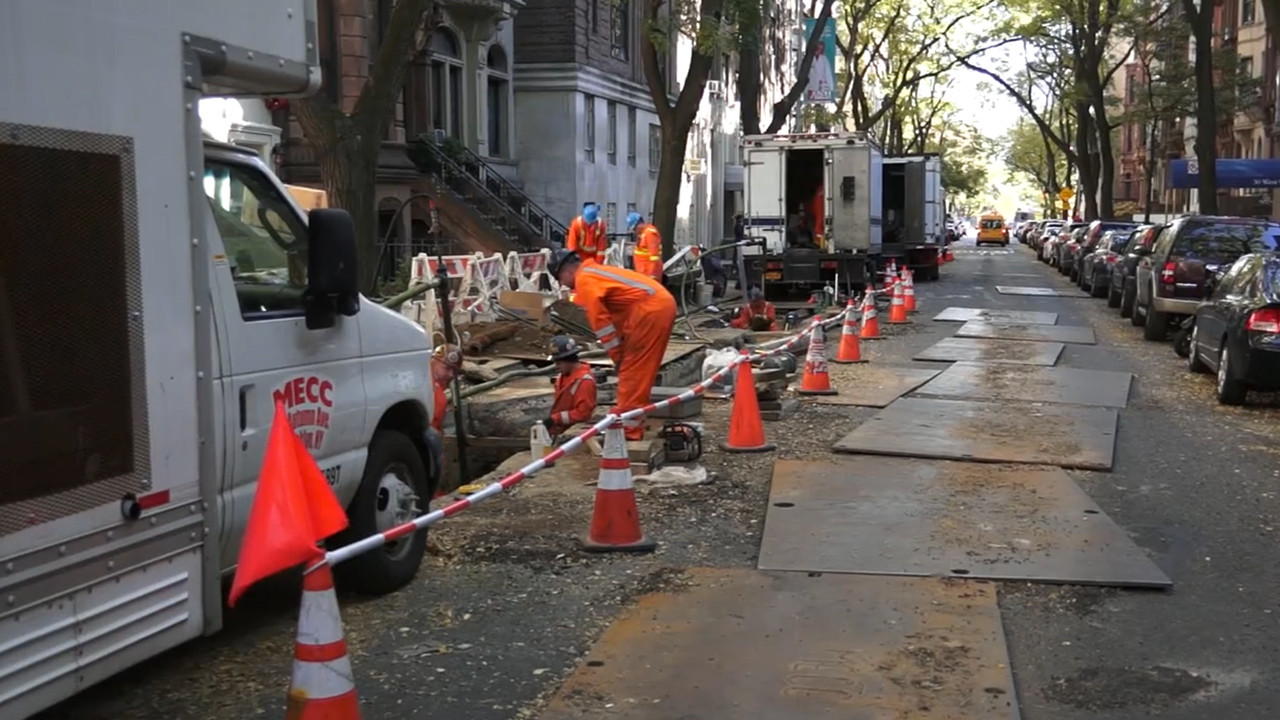
We continue to build out our gas-delivery system to meet the high demand for cost-effective and energy-efficient natural gas. We have converted more than 5,200 large buildings in New York City, 3,200 of which were burning heavy heating oil, in the past four years.
The conversions have reduced emissions of more than 400 tons of fine particulate matter. That’s equivalent to taking 1.2 million cars off the road. Fine particulate matter is a mix of chemicals, metals, and dust that can penetrate deep into the respiratory system and cause serious health problems. The New York City Department of Health estimates that fine particulate pollution caused an average of more than 2,000 deaths, about 1,500 hospital admissions for lung and heart conditions, and 5,000 emergency admissions for asthma based on levels from 2009 to 2011.

[table id=30 /]